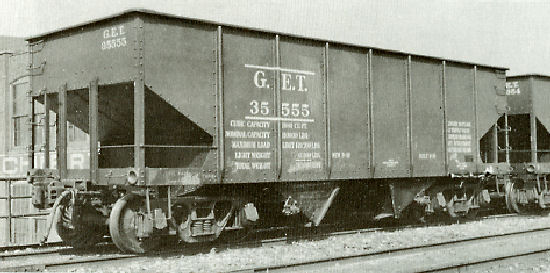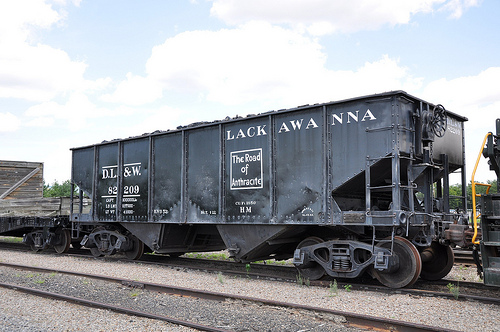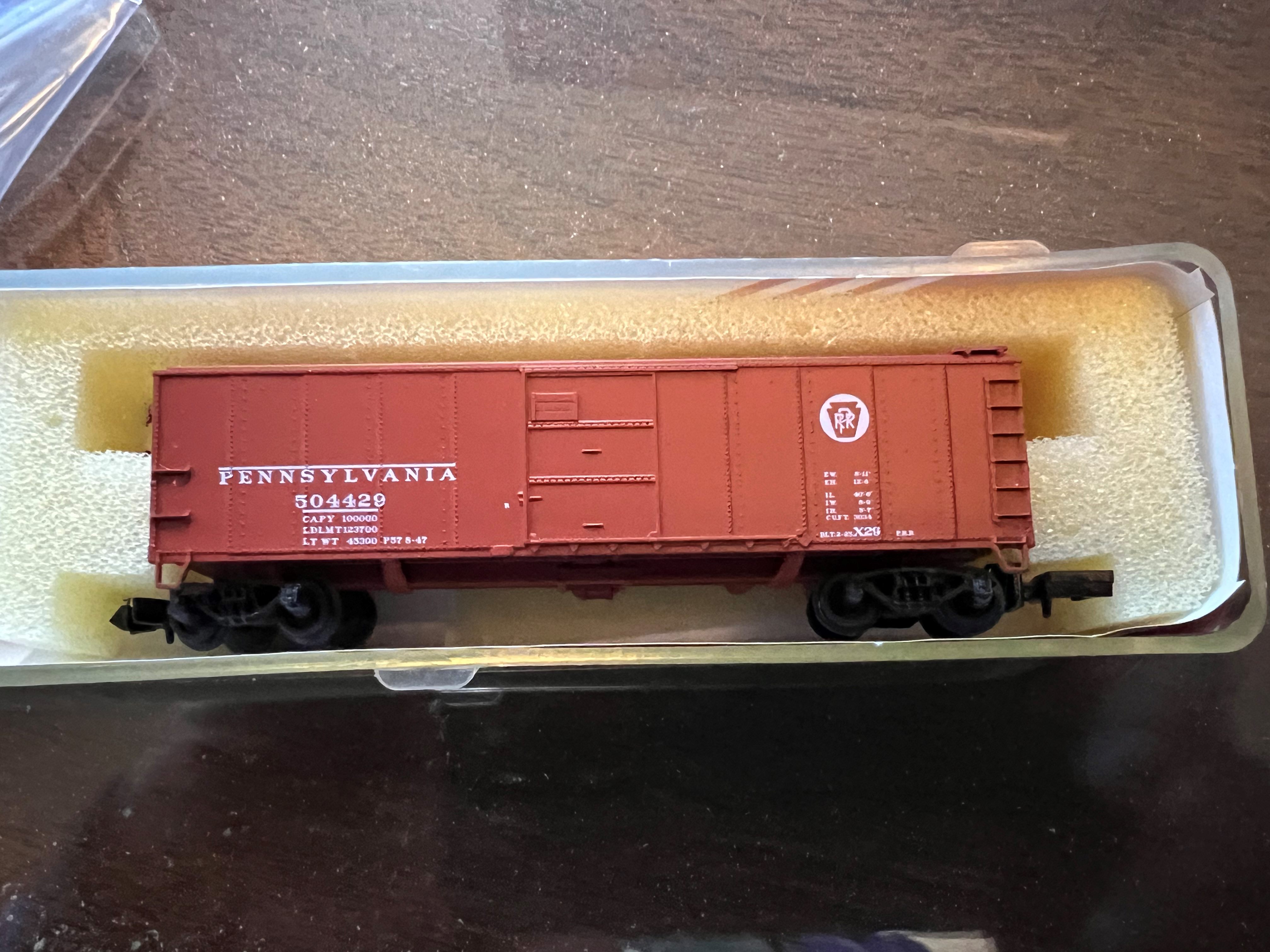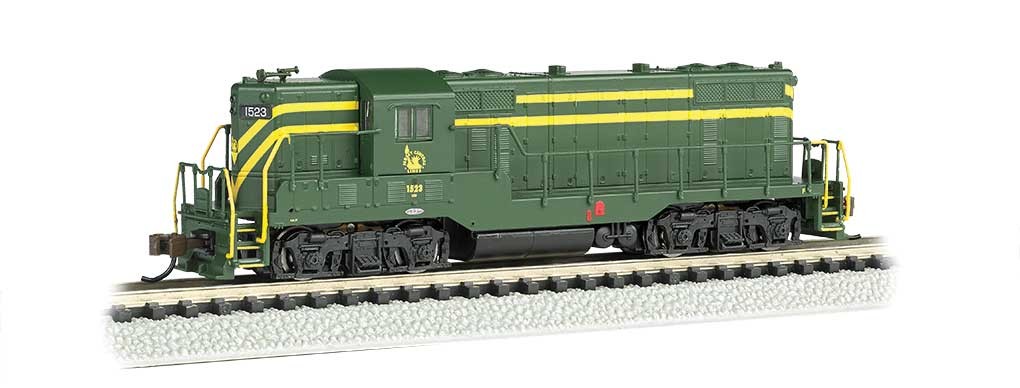History: The USRA 55-Ton hopper was designed by the United States Railway Administration during World War I as a standardized hopper to be used by all railroads in order to aid the war effort. After WWI many railroads continued to use the USRA 55-Ton hoppers, as well as build many thousands more clones. The USRA hopper was in use on North American railroads from 1918 until the 1970’s
Railroad/Company: The United States Railroad Administration (USRA) was the name of the nationalized railroad system of the United States between December 28, 1917, and March 1st, 1920. It was possibly the largest American experiment with nationalization, and was undertaken against a background of war emergency.
On April 6th, 1917, the United States entered World War I, and very soon the nation's railroads proved inadequate to the task of serving the war effort. There were several sources of the problem. Although the carriers had made massive investments in the first years of the 20th century, there remained inadequacies in terminals, trackage, and rolling stock. Inflation struck the American economy, and when in 1906 Congress empowered the Interstate Commerce Commission (ICC) to set maximum shipping rates, the rail firms had difficulty securing revenue sufficient to keep pace with rising costs. The ICC did allow some increases in rates, however. Also, investors had overexpanded the nation's trackage, so by late 1915 fully one-sixth of the railroad trackage in the country belonged to roads in receivership (bankruptcy). The railroad unions (commonly called "brotherhoods"), desiring shorter working days and better pay, threatened strike action in the second half of 1916. To avert a strike, President Woodrow Wilson secured Congressional passage of the Adamson Act, which set the eight-hour work day as the industry standard. When the Supreme Court ruled the law constitutional, the carriers had no choice but to comply.
Over 100,000 railroad cars and 1,930 steam locomotives were ordered by the USRA at a cost of $380 million, all of new USRA standard designs, which were up-to-date and standardized types, designed to be the best that could be produced to replace outdated equipment.
From Wikipedia
On April 6th, 1917, the United States entered World War I, and very soon the nation's railroads proved inadequate to the task of serving the war effort. There were several sources of the problem. Although the carriers had made massive investments in the first years of the 20th century, there remained inadequacies in terminals, trackage, and rolling stock. Inflation struck the American economy, and when in 1906 Congress empowered the Interstate Commerce Commission (ICC) to set maximum shipping rates, the rail firms had difficulty securing revenue sufficient to keep pace with rising costs. The ICC did allow some increases in rates, however. Also, investors had overexpanded the nation's trackage, so by late 1915 fully one-sixth of the railroad trackage in the country belonged to roads in receivership (bankruptcy). The railroad unions (commonly called "brotherhoods"), desiring shorter working days and better pay, threatened strike action in the second half of 1916. To avert a strike, President Woodrow Wilson secured Congressional passage of the Adamson Act, which set the eight-hour work day as the industry standard. When the Supreme Court ruled the law constitutional, the carriers had no choice but to comply.
Over 100,000 railroad cars and 1,930 steam locomotives were ordered by the USRA at a cost of $380 million, all of new USRA standard designs, which were up-to-date and standardized types, designed to be the best that could be produced to replace outdated equipment.
From Wikipedia
Item Links: We found: 1 different collections associated with Rail - Rolling Stock (Freight) - 2-Bay 55 Ton
- Collection N Scale Model Trains: 545 different items.
Item created by: gdm on 2018-01-24 07:17:37
If you see errors or missing data in this entry, please feel free to log in and edit it. Anyone with a Gmail account can log in instantly.
If you see errors or missing data in this entry, please feel free to log in and edit it. Anyone with a Gmail account can log in instantly.









